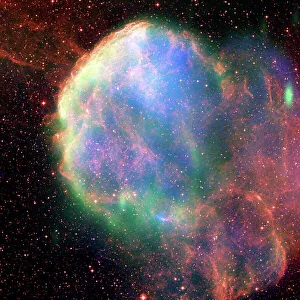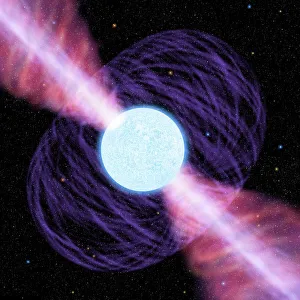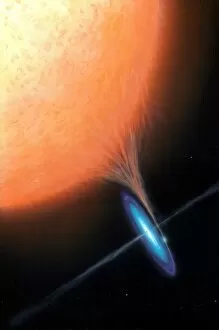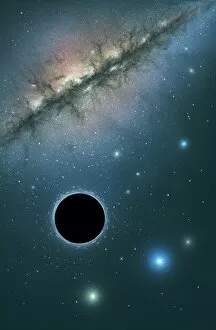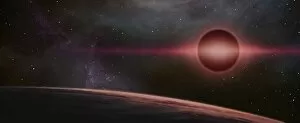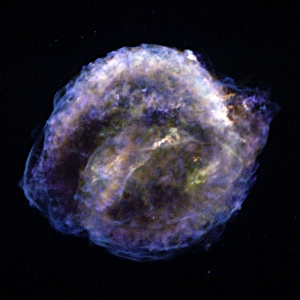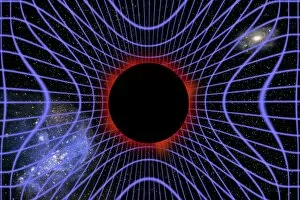Dead Star Collection
"Exploring the Mysteries of a Dead Star: From Supernova Remnants to Black Holes" In this captivating composite image
All Professionally Made to Order for Quick Shipping
"Exploring the Mysteries of a Dead Star: From Supernova Remnants to Black Holes" In this captivating composite image, we witness the remnants of a supernova known as IC 443. The aftermath of this explosive event has left behind an intriguing pulsar, emitting powerful beams of radiation into space. Delving deeper into the cosmos, we encounter mesmerizing artwork depicting black holes - enigmatic cosmic entities with immense gravitational pull. These captivating illustrations showcase their profound impact on surrounding matter and energy. Moving further into the realm of X-ray binary systems, another stunning artwork illustrates the intricate dance between a black hole and its companion star. This celestial partnership creates intense X-ray emissions that captivate astronomers' attention. Venturing even farther, we come across an awe-inspiring depiction showcasing a colossal black hole engulfing an entire galaxy in its dark embrace. This striking artwork reminds us of the sheer power these enigmatic objects possess within our vast universe. Our journey continues as we explore C016 / 9364 - a mysterious entity referred to as a "black star. " Through evocative artwork, it invites contemplation about what lies beyond our current understanding. With each step forward, we encounter more breathtaking artworks portraying black holes in all their magnificence. These visualizations offer glimpses into their mesmerizing structures and provide inspiration for ongoing scientific research. Shifting focus towards NGC 5198 - a planetary nebula captured by the Hubble Space Telescope - we are reminded that death can also give birth to beauty. Its vibrant colors and intricate patterns serve as reminders that even in death's wake, new wonders emerge from stellar remnants. As our exploration nears its end, we delve into artistic renditions showcasing how black holes form – capturing moments when massive stars collapse under their own gravity before becoming infinitely dense singularities hidden within event horizons. Finally, gazing upon Chandra's image of Kepler supernova remnant, we witness the aftermath of a stellar explosion.

